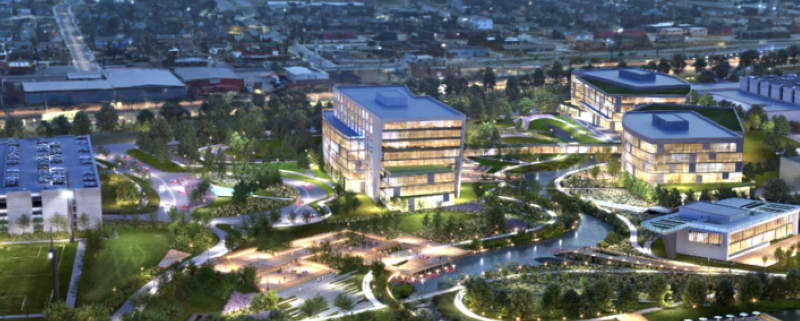Hearing At Texas Bankruptcy Court To Determine Timeline For Sale Of Steward Hospitals
A Texas bankruptcy court will determine the timeline of the sale of Steward Health Care System’s hospitals. Steward is proposing a June 24 deadline to make bids on the hospitals, an auction on June 27 and a sale hearing on July 2.




